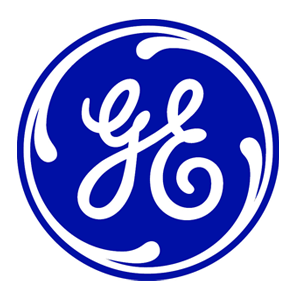Energy Innovation: How GE's Industrial Internet Reshapes Thermal Power Generation
Energy Innovation: How GE's Industrial Internet Reshapes Thermal Power Generati…
Some people have a good view from their corner office. In Justin Eggart's case, he has one of the most expansive views of the world's power plant fleet.
Eggart manages GE's remote monitoring and diagnostics center in Atlanta, Georgia, where he oversees the operation of 1,500 gas and steam turbines totaling 200 gigawatts of capacity. That represents roughly 25 percent of the world's power plant mix.
Being able to monitor one-quarter of the world's power plants in real time is cool, but it's not the most interesting part of Eggart's job. Being able to act on the information streaming out of those plants instantaneously and remotely is what's so groundbreaking.
"The information we can access hasn't changed all that materially. It's our ability to collect the data that's changed," said Eggart. "Our analytical capabilities are ten times greater than they were five years ago."
The old paradigm for power plant maintenance, which was dominant until very recently, was manual and time-intensive. When a power plant operator had a problem, GE would send an engineer out to check a generator and correct the issue on-site. The process could take weeks, depending on the problem.
Today, with better sensors and stronger computing power, GE engineers are often able to identify an operational problem from their desks in Atlanta -- sometimes before the problem even occurs. That cuts down on the time engineers need to spend fixing a generator, or can even cut out a site visit entirely.
"What took days to fix at a generator now takes hours. We can identify problems in a few minutes. That wasn't possible even a few years ago," said Eggart.
Read more about GE's Industrial Internet and thermal power generation at the Energy Collective.

